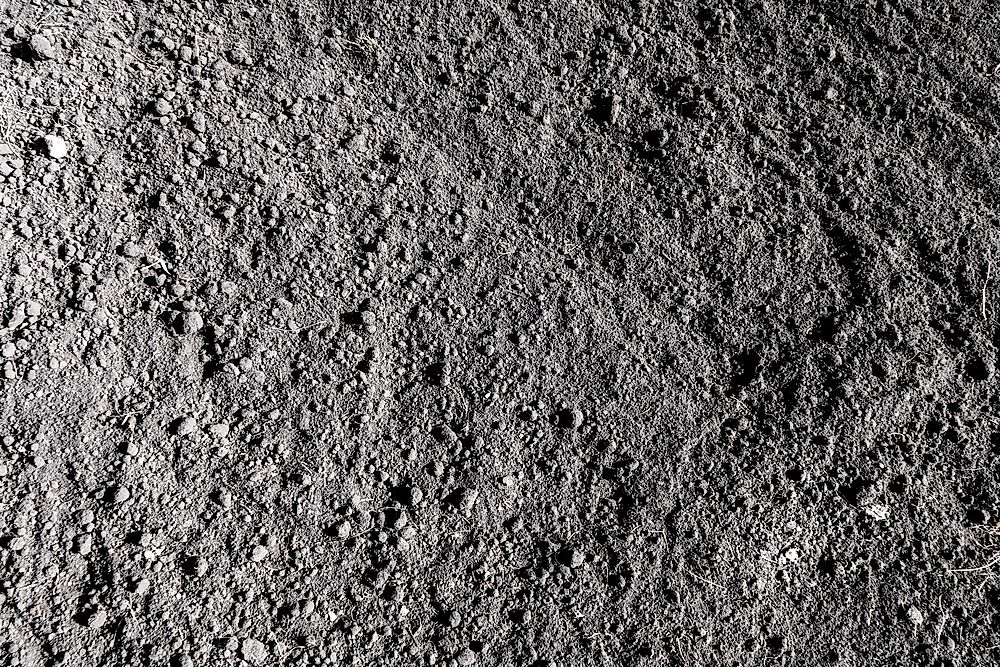What Is The Central Black Earth Region Famous For?

Central Black Earth Region refers to a region in Russia that is part of the chernozem belt in Eurasia. The chernozem belt refers to region with black, fertile soil, known as chernozem. Chernozem comes from the Russian words "chernaya" and "zemlya", which mean "black" and "earth".
Chernozem Belt
The chernozem belt of Eurasia extends through the Eurasian steppe. From west to east, this black earth belt stretches from eastern Croatia into southern Siberia. This is one of two major chernozem belts in the world. Another chernozem belt is found in North America. It extends from the Canadian Prairies to the U.S. state of Kansas.
Central Black Earth Location Within Russia
The Central Black Earth Region of Russia comprises of these oblasts: Voronezh, Tambov, Belgorod, Lipetsk, Oryol, and Kursk. These oblasts were once part of the Central Black Earth Oblast from 1928-1934. The region is located in western-central Russia, south of Moscow. Three of the oblasts that are part of this region border Ukraine, which is part of the Eurasian chernozem belt.
Value of Chernozem
Chernozem is a rich, fertile soil, high in humus, phosphorus, and phosphoric acids. Humus is the part of the soil organic matter that is without a defined shape or cellular structure. Humus forms when plant and animal matter decay within the soil. It is a dark, organic matter. This plays a major factor in the soil retaining its nutrients, and adds to the soil's bulk. Chernozem is well-known for producing high agricultural yields.
Central Black Earth Region's Agricultural Output
Because of the fertile chernozem, this region of Russia has been a major agricultural region. The soils of this region yield agricultural products such as wheat. Russia is one of the largest producers of wheat in the world. In 2014, 59.7 million metric tons of wheat were produced in Russia, making in 3rd in the world in terms of wheat production, after China and India. Wheat grows very well in chernozem. While the southern part of Russia grows most of the nation's winter wheat, the Central Black Earth Region is also an important wheat growing region.
Wheat is not only cropthat is produced in the Central Black Earth Region. Sugar beets and sunflowers are among the other crops that flourish in the Central Black Earth Region's soil. Sugar beets require soil that is rich in humus and can retain moisture. Chernozem fits these characteristics. The Voronezh Oblast is one of the largest producers of sugar beets in Russia. This is a major contributor to Russia ranking #1 in the world for sugar beet production in 2013. 39.2 million tons of sugar beets were produced. Voronezh Oblast is also a large producer of sunflowers.
Sunflowers are prized for their seeds and oils. The largest production of sunflowers takes place in the Eurasian chernozem belt. Russia ranks #2 in the world in sunflower seed production, with the Central Black Earth Region being the main area in Russia where sunflowers are grown. Russia is only second to Ukraine in sunflower seed production. Ukraine, like Russia's Central Black Earth Region, is also part of the Eurasian chernozem belt. Russia and Ukraine produce 8.5 million and 10,1 million tons of sunflower seeds respectively, as of 2014.
Conclusion
The Central Black Earth Region is an integral part of Russia's agricultural production. Its name befits the rich black soil of the region. The soil itself, chernozem, is a valuable resource that contributes to its economic output. The Central Black Earth Region is not only its own region within Russia, it is one part of a large region within Eurasia. The region is a part of Eurasia's agricultural output. This region is not only famous for its rich soil, it is famous for its agricultural output. The Central Black Earth Region is a major reason that Russia is a leading producer in certain products which include, but are not limited to, sugar beets, wheat, and sunflower seeds.











